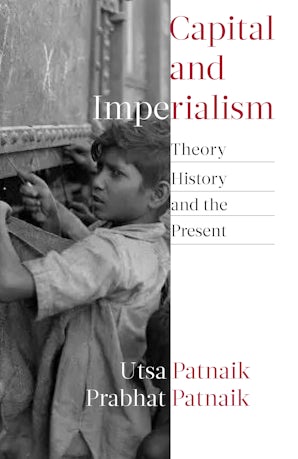Also in this issue
Books by Prabhat Patnaik
Capital and Imperialism
by Utsa Patnaik and Prabhat Patnaik
Article by Prabhat Patnaik
- The Worker-Peasant Alliance in the Transition to Socialism Today
- Neoliberal Capitalism at a Dead End
- The October Revolution and the Survival of Capitalism
- 'Monopoly Capital' Then and Now
- Capitalism and Its Current Crisis
- Imperialism in the Era of Globalization
- Origins of the Food Crisis in India and Developing Countries
- Capitalism in Asia at the End of the Millennium


